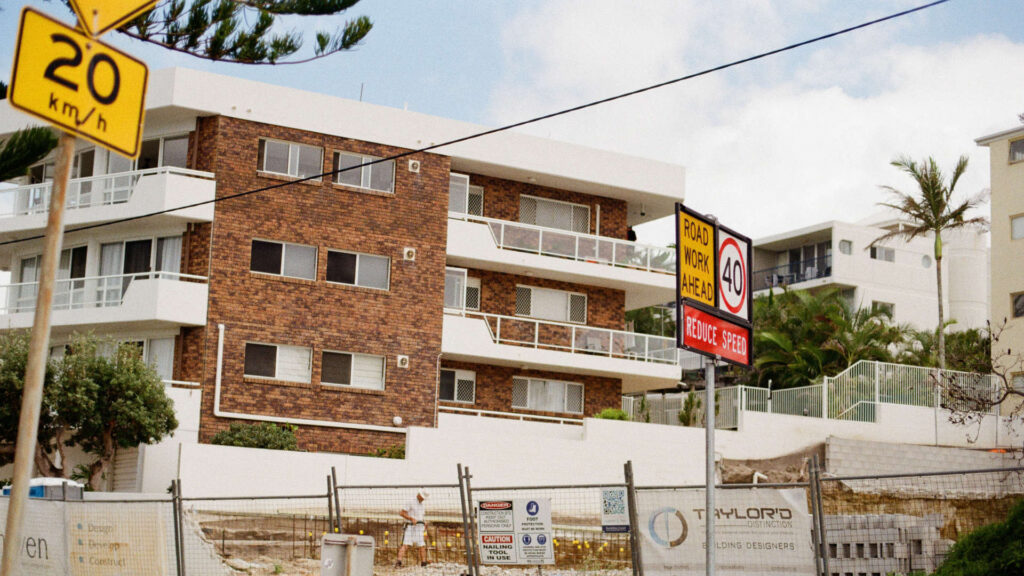‘Settlement cities’ in Sydney and Melbourne are welcoming places for newly arrived refugees, according to a report, with many settling into their new communities quickly.
A report by the Edmund Rice Centre and migrant settlement agency AMES Australia found ‘settlement cities’ – referring to Local Government Areas (LGAs) which settle a large share of refugees during their first years in Australia – made them feel at home quickly.
The report describes the settlement city ‘model’ not as a formal one, but instead the qualities these LGAs have come to share that facilitate refugee resettlement.
While the model for refugee arrivals was unintended by policy makers, it was having a positive effect.
“Refugees who have this community support find it helps them settle quickly and relatively easily in their new home,” the report said.
AMES Australia chief executive Cath Scarth said the success of settlement cities reinforced the need for an expansion of them to other areas.
“Securing employment and housing, like any other Australians, are priorities for newly arrived refugees. And we can see from the research that having welcoming cities and communities can help deliver these aspirations,” she said.
Read the original article at www.sbs.com.au









